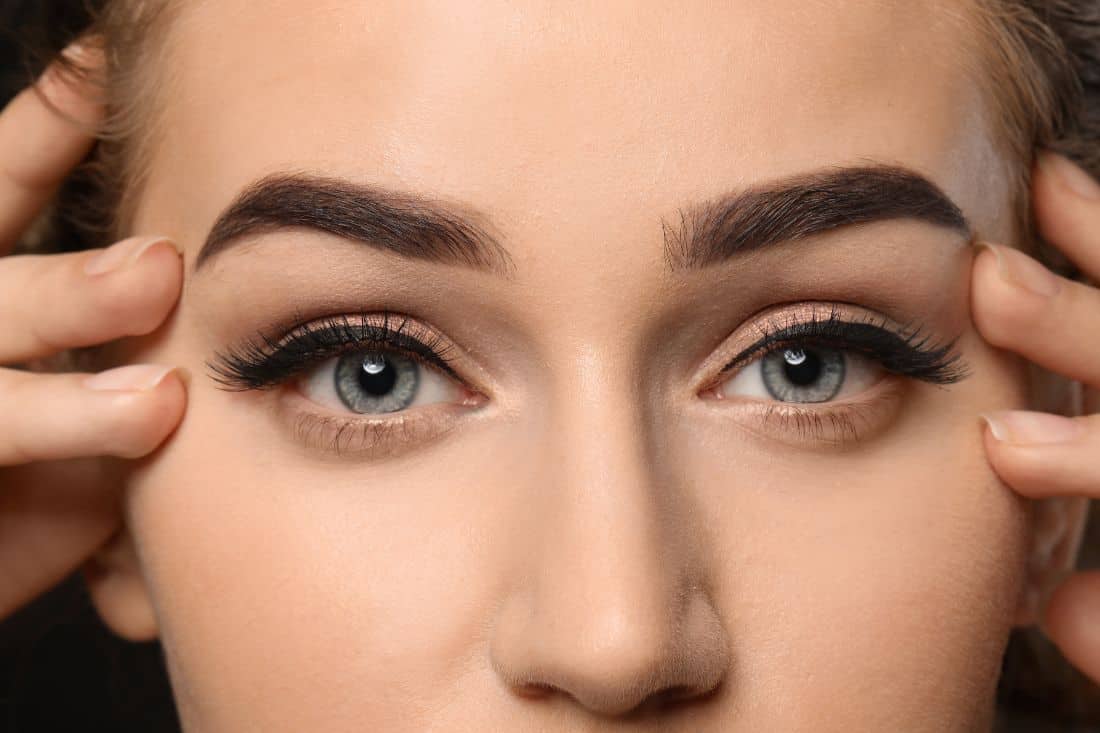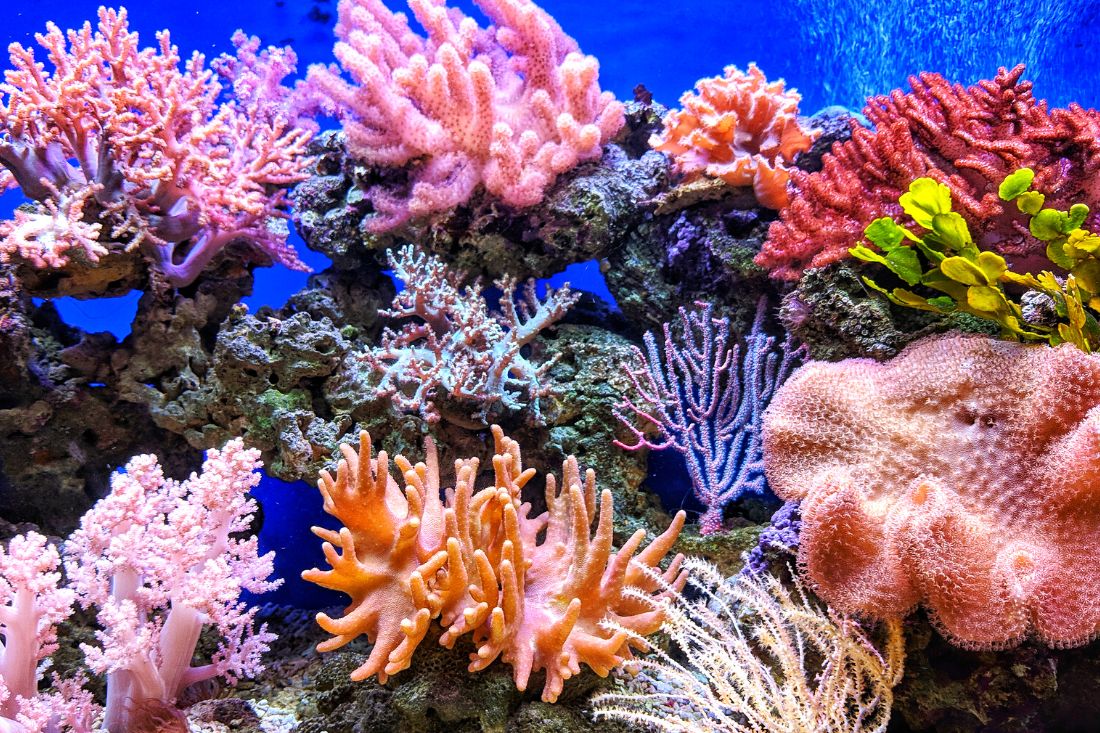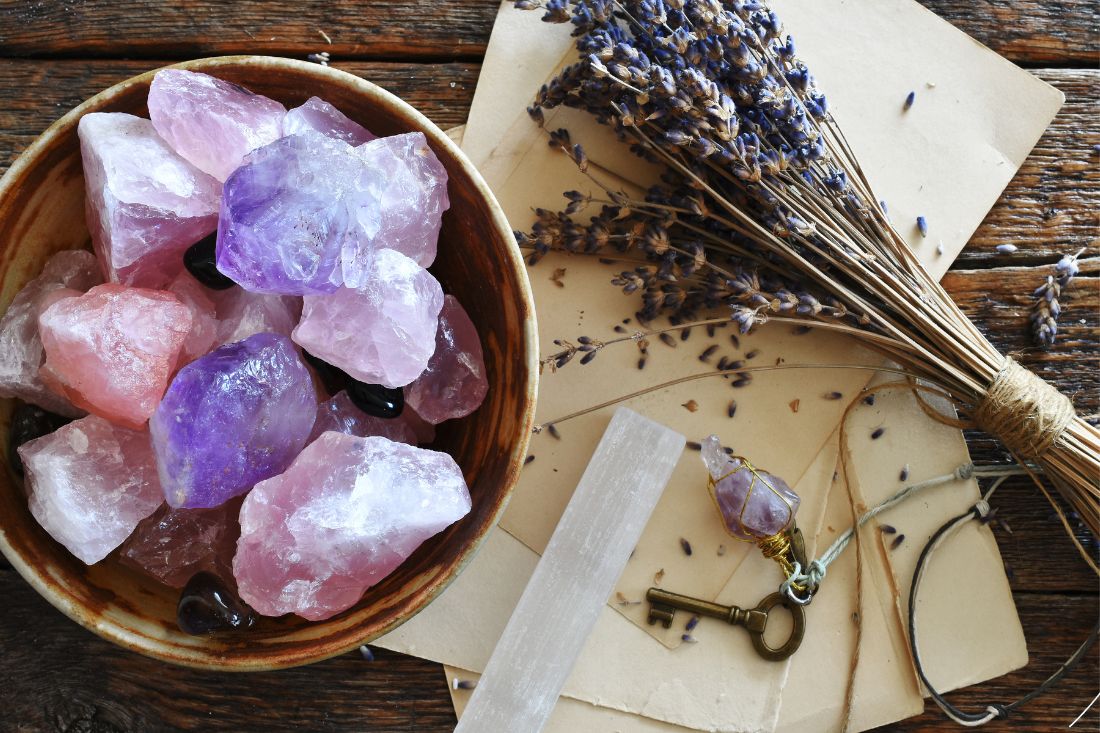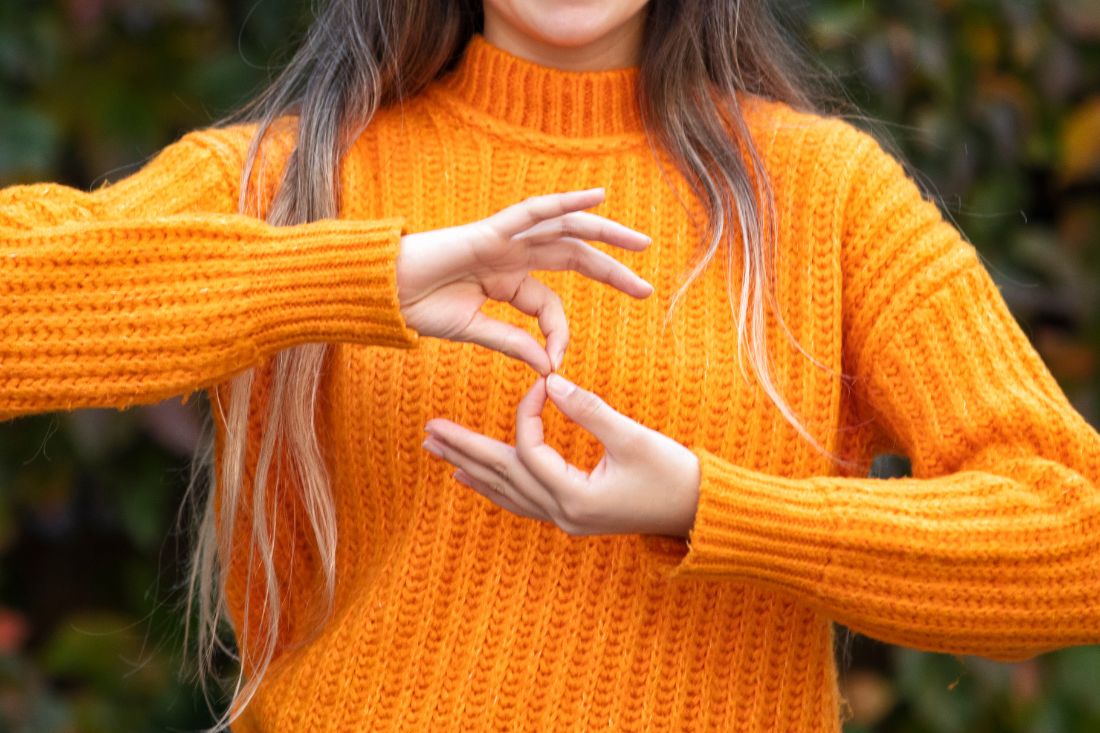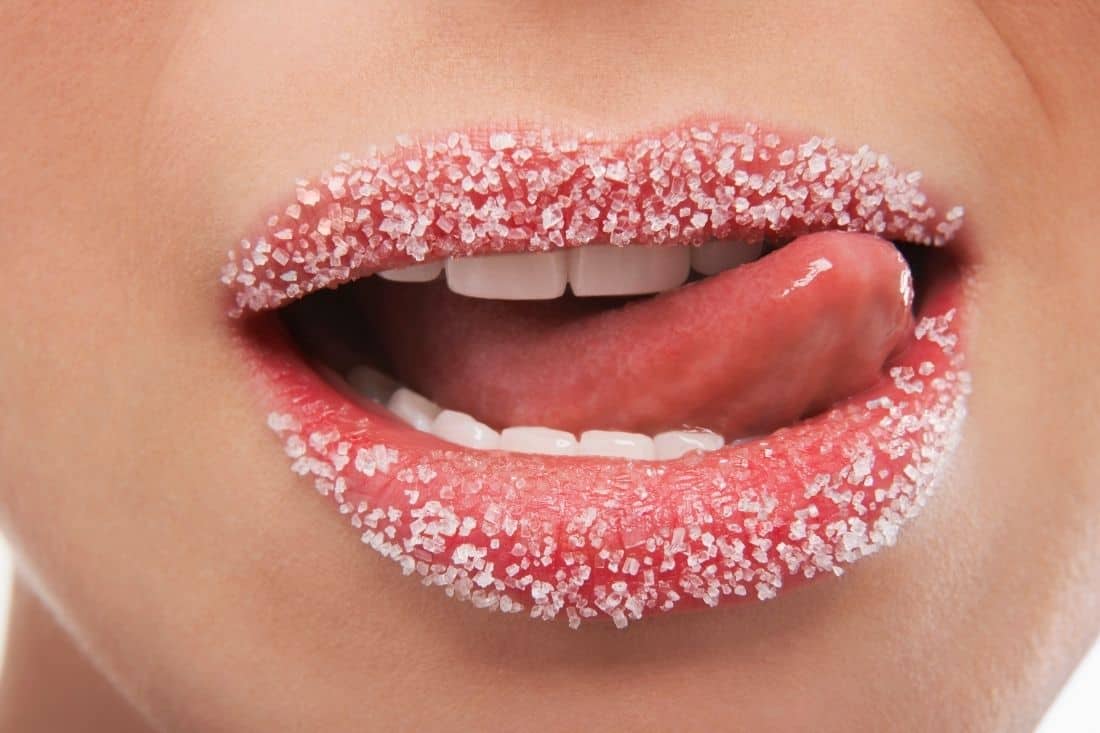Did you know pearls are the only gemstones created by living creatures? Keep reading to discover more fun facts about pearls that will amaze you!

We can forgive you for thinking pearls are simply jewelry for old ladies. While that reputation has been built on years of US First Ladies wearing pearls to important events, the pearl may be the most interesting gemstone ever!
These fun facts about pearls we’ve uncovered made us think twice about the gem, and now we believe it’s time to make pearls cool again. Just trust us on this one and wait until you read all the different pearl facts.
Beginning its journey as a grain of sand, the pearl is formed inside the shell of an oyster or mussel. Layers of protective coating are secreted around the sand in accumulating layers that result in a luminescent pearl.
It’s already fascinating, isn’t it?
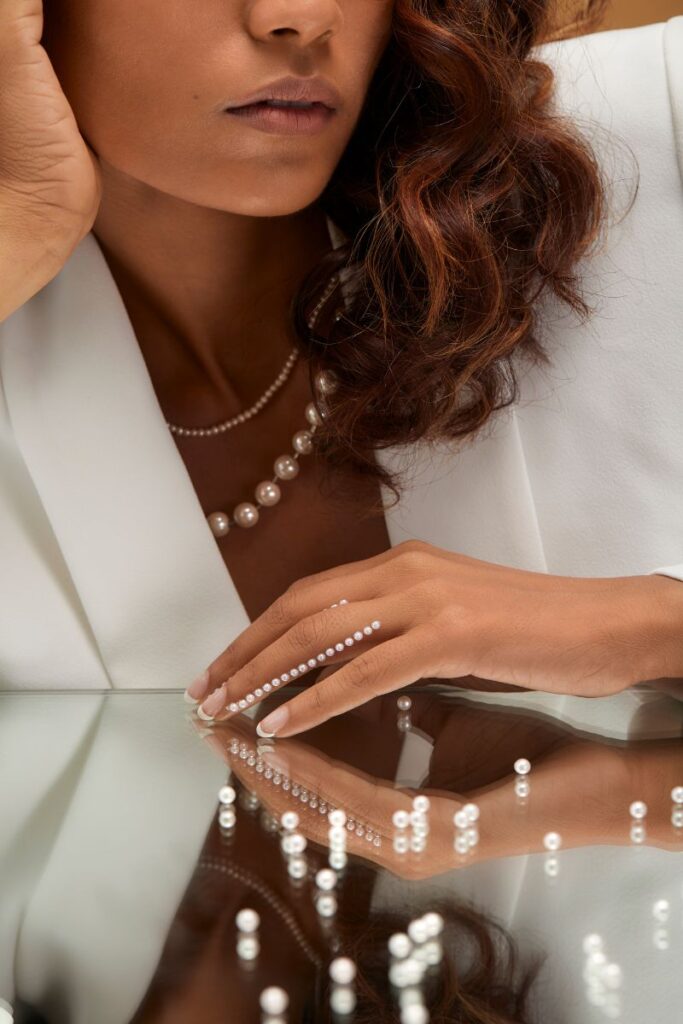
Pearls can be round or irregular, white or black, or a rainbow of colors. The diversity of pearls is absolutely astounding.
What do pearls have to do with shark attacks? And what was hiding under a Filipino pearl diver’s bed that left the world stunned?
And of course, you’ve heard about the curse of the black pearl, but where do black pearls actually come from?
We’ve talked about precious stones in the past, but none have quite as fascinating a story as the pearl. So let’s continue our journey of pearl facts – we promise you’ll be pleasantly surprised!
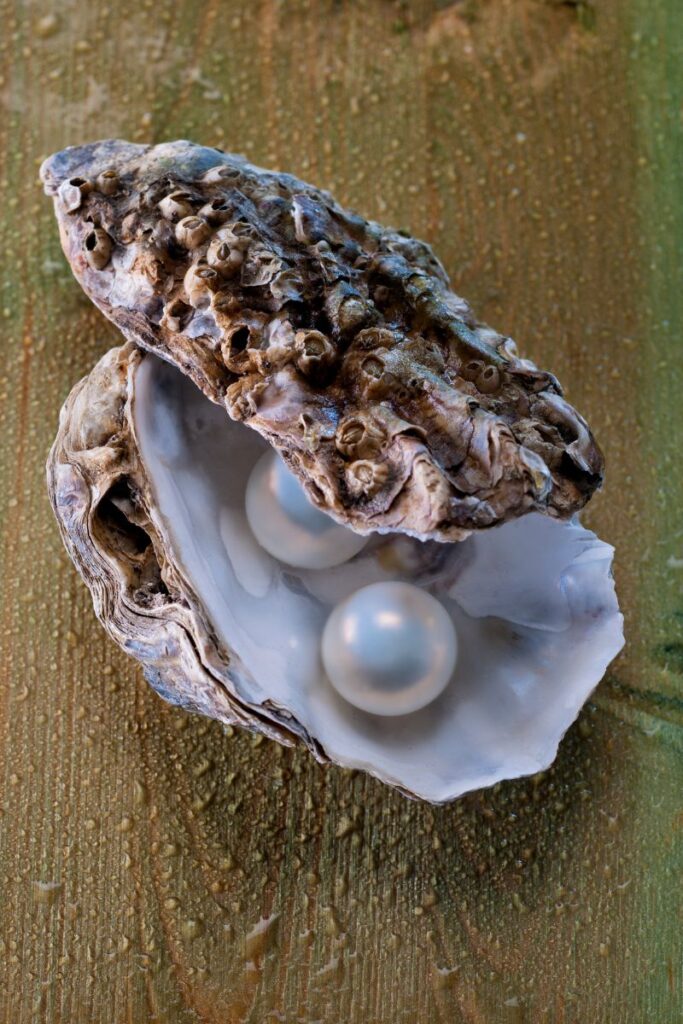
21 Fun Facts About Pearls
1. The unique pearl
Out of all the gemstones, pearls have the most fascinating journey. While other gems like diamonds are created underneath the Earth’s crust, pearls are made underwater.
They are also the only organic gemstone created by another living creature. Oysters for seawater pearls and mussels for freshwater pearls.
2. The rarest jewel in the world
On average, less than 1 in 10,000 wild oysters contain a pearl. Naturally occurring pearls are also becoming increasingly rare as oysters have been overfished.
It’s probably good news for the wild oyster population that most pearls are now farmed and cultivated.
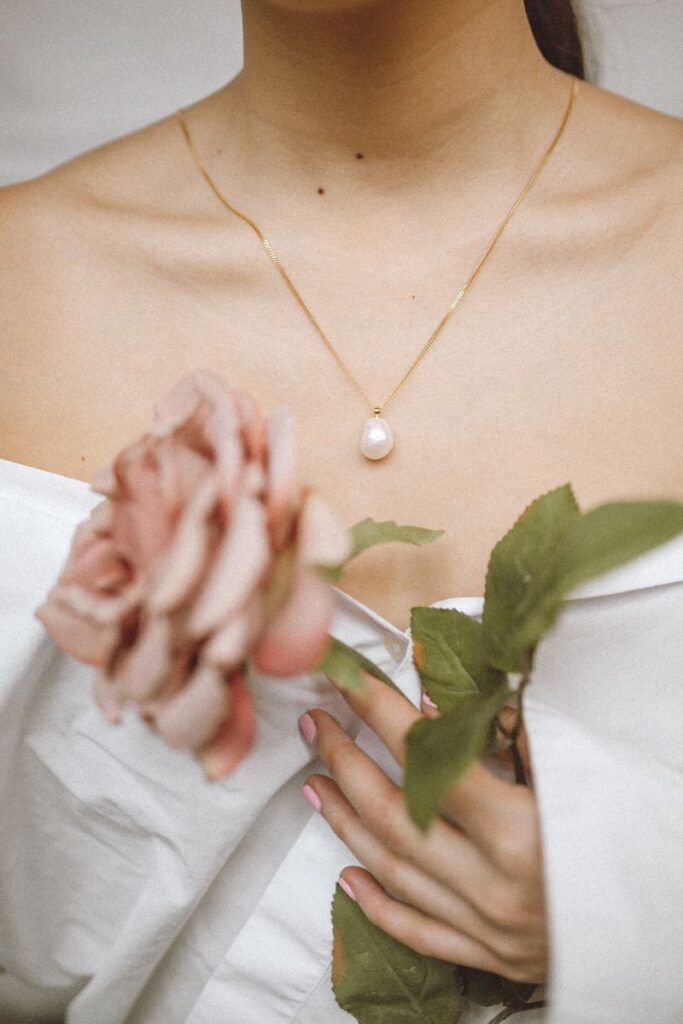
3. The $100 million pearl
This is one of the wackiest pearl facts that we could find! The most valuable pearl ever discovered was actually hidden under the bed of a Filipino fisherman for years until his house burned down in 2016.
His house was destroyed, but the pearl survived. It is the largest pearl known in existence at 26 inches in length and weighing over 70 pounds! Just imagine sleeping with that under your bed!
4. How is a pearl formed?
A tiny piece of foreign material (sand, parasite, stone) gets inside of the shell. The oyster in a way of protecting its soft insides releases a protective coating called nacre.
The nacre builds up in layers and hardens around the irritant creating the lustrous pearl. It’s pretty cool, huh?
5. Cultivated pearls
Only 1% of pearls used in jewelry are naturally occurring pearls. Instead, cultivation of pearls has been popular for decades. That means, if you have a wild pearl, you’re onto a winner. We really wish we had one, but alas it’s only cultivated pearls for us.
The first cultivated pearl was created in 1896. Cultivated pearls are more symmetrical, of higher quality and more environmentally stable.
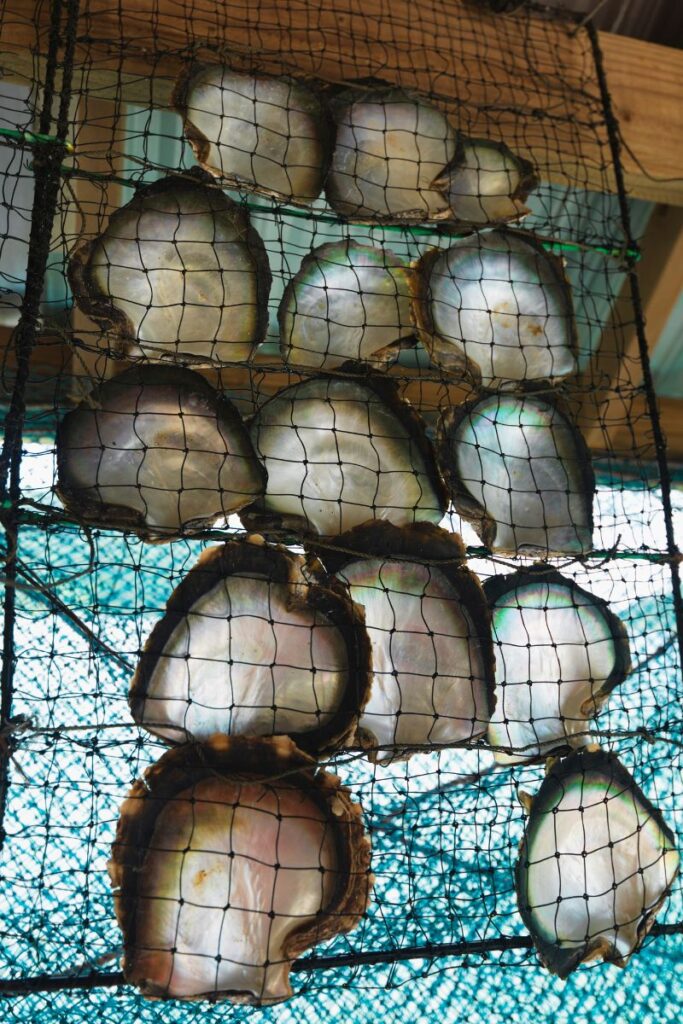
6. The pearls of Ancient Rome
Julius Caesar so valued the pearl and its status as a symbol of wealth and power that he banned anyone from wearing it who wasn’t part of the aristocracy.
Cleopatra loved pearls as well, owning two of the world’s largest and wearing them as earrings.
7. Call me mother
Mother of pearl is also used in jewelry, but what is it exactly? Well, remember the nacre we talked about?
This substance not only coats a pearl but the inside of the oyster shell as well. The nacre causes an opalescent sheen on the shell, known as mother of pearl.
8. Diving for pearls may kill you
When you came here for fun facts about pearls, did you expect us to talk about shark attacks? Probably not! But pearl diving is one of the most dangerous professions of all time.
In fact, before more safety measures were available the mortality of pearl divers was 50% during their career – either by shark attacks or drowning. Thankfully it’s a lot safer these days!
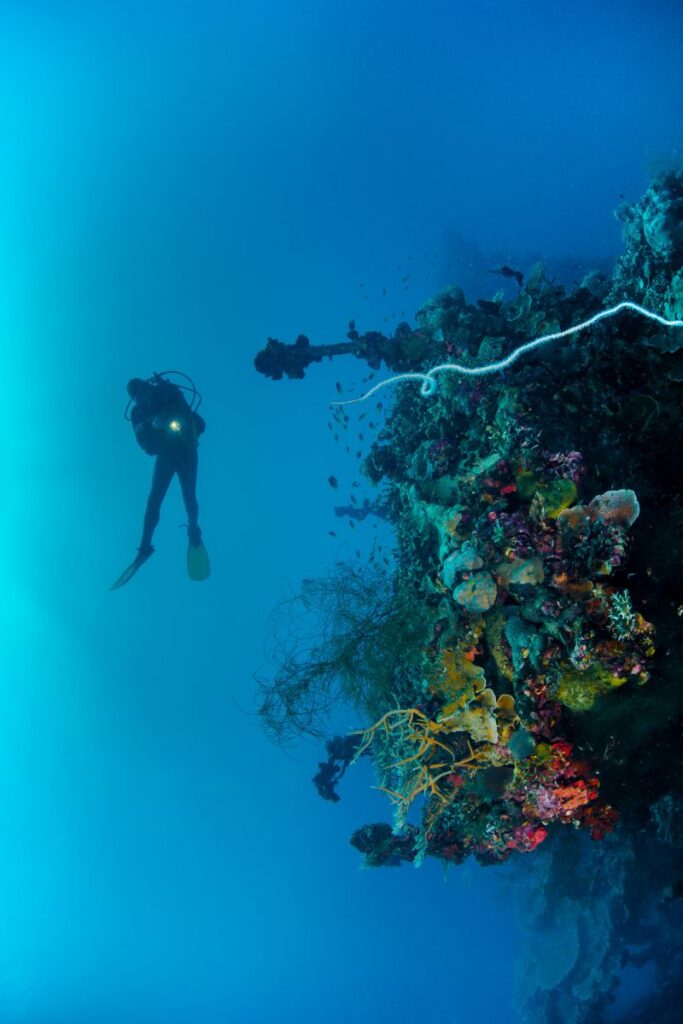
9. The gift of pearls
There are a few certain occasions when a gift of pearls is the best bet! It is the official birthstone of June, so anyone born that month may appreciate a pearl gift.
There is also the 30th anniversary, where pearls are the tradition. Pearls symbolize loyalty, purity, clarity and wisdom through experience.
10. Are pearls always white?
When we picture pearls we think of luminescent white, but did you know that pearls come in a variety of different shades? Pearls can range in color from green to lavender to gray to black.
The color is dependent on the species of mollusk, the natural environment and the temperature of water.
11. The world’s most famous pearl
La Peregrina is a pear-shaped pearl the size of a small egg. The stunning jewel has been owned by Queen Mary, Napoleon Boneparte and Elizabeth Taylor. The pearl was sold at auction in 2011 for a cool $11 million.
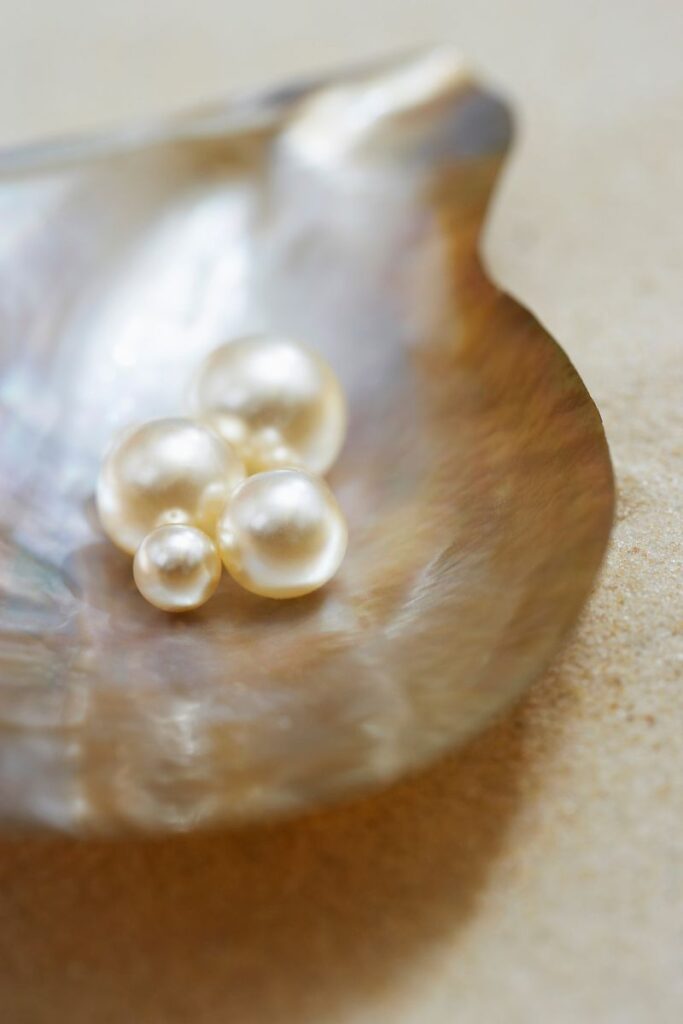
12. The oldest gemstone ever discovered
The oldest pearl ever dates back to 7,500 years ago. The pearl, which was carbon dated, was from the Neolithic era and was discovered at an ancient gravesite in the United Arab Emirates.
13. The women who wore pearls
We’ve told you about Cleopatra, Queen Mary and Elizabeth Taylor’s love for pearls, but many other famous women have also coveted the Queen of Jewels.
First ladies Michelle Obama and Jacqueline Kennedy were famously pearl lovers. Princess Diana as well. Designer Coco Chanel is credited for bringing pearls into the mainstream fashion world.
14. The many shapes of a pearl
While the symmetrical round bead may be the most coveted shape for a pearl, there are many other forms that pearls come in. The categories of shape include round, off-round, drop, and baroque. Baroque may be the most intriguing as it has a unique shape and size.
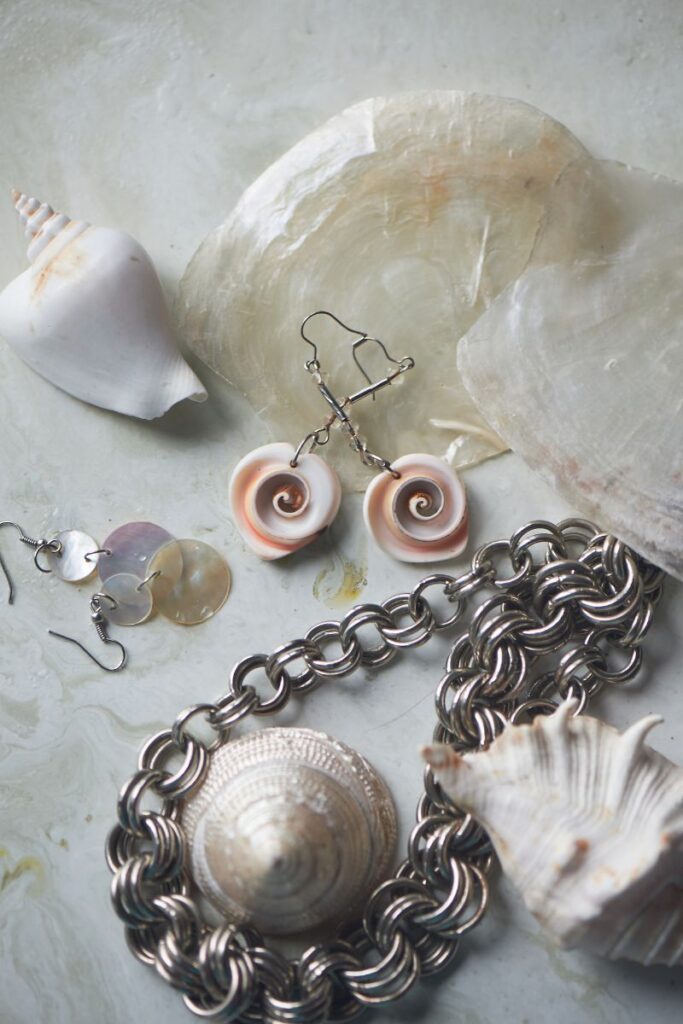
15. How long does it take for a pearl to form?
Here’s one of the facts about pearls that surprised us the most. Did you know it takes from six months up to three years to produce a pearl! A freshwater pearl can grow at a rate of 5mm per year, but a saltwater pearl grows much slower at 3mm per year. It’s another reason why freshwater pearls are more popular than saltwater pearls.
16. One of these things is not like the other
What do fingerprints, snowflakes, and pearls have in common? No two are exactly alike! That’s right, each pearl can be individually distinguished by its size, shape, abrasions, bumps, blemishes and other miniscule flaws. That means the pearl you own is completely unique to you. That’s a nice thought, isn’t it?
17. Freshwater vs saltwater
Over 95% of the cultivated pearls in the world are farmed in freshwater. That means that they are also cheaper.
The most freshwater pearls come from lakes and rivers in China. Saltwater pearls are mainly cultivated off the coasts of Japan and other Pacific islands.

18. Practice makes perfect
Believe it or not, the same oyster can keep producing pearls. In fact, one of our favorite facts is that the more pearls an oyster produces the better they become. A veteran oyster can produce rounder and more lustrous pearls each subsequent cycle!
19. Pearls fit for a queen
The oldest pearl jewelry ever discovered was the Susa necklace. Discovered in the tomb of a Persian queen the necklace features three strands of pearls and ten gold bars. The necklace is believed to be over 2,400 years old!
20. South is best
The most sought after pearls come from the South Sea (Pacific Ocean south of the Equator). South Sea pearls are known for their large size, high luster and colors that range from cream to silver to pink to gold.
Countries that produce pearls in the South Sea are India, Papua New Guinea, Philippines and Myanmar.
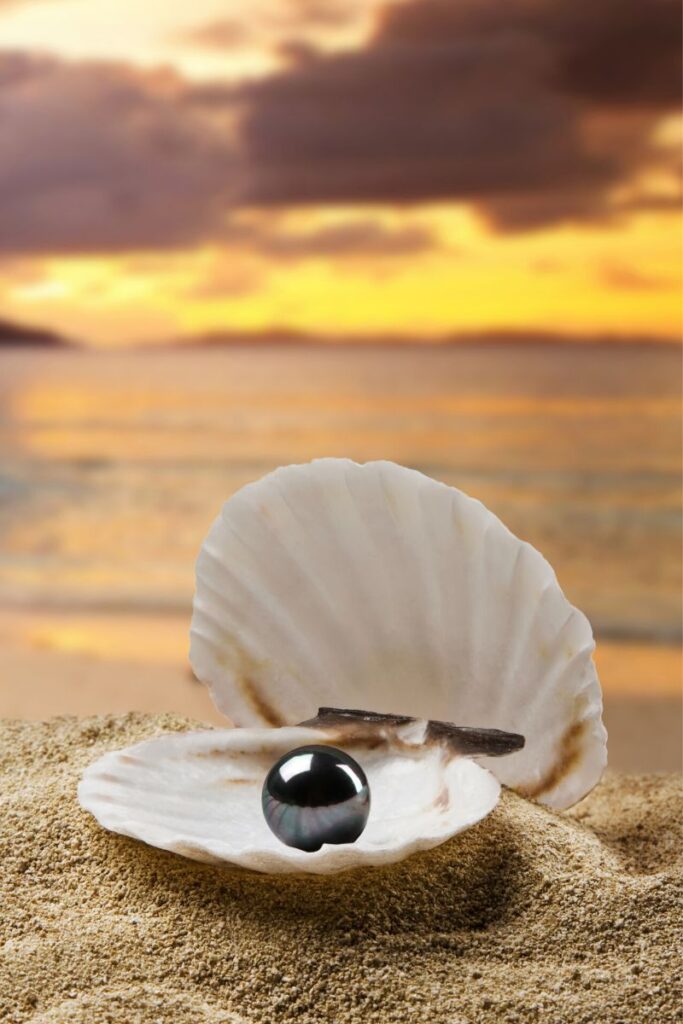
21. The infamous black pearl
Black pearls are among the rarest and most expensive of all the pearls. A black pearl is formed inside of the black-lipped oyster in French Polynesia.
If you are on the lookout for genuine black pearls make sure they are called Tahitian pearls. If not, you may be getting artificially dyed pearls.
Who wants more fun facts?

If you’re looking for some recommendations, these are a few of our favorite fact books to buy. We use these when planning fun trivia nights with family and friends!
Have these pearl facts really surprised you? Or are there even more fun facts about pearls we’ve overlooked? You can let us know in the comments! We really hope you learned something all about pearls though!

